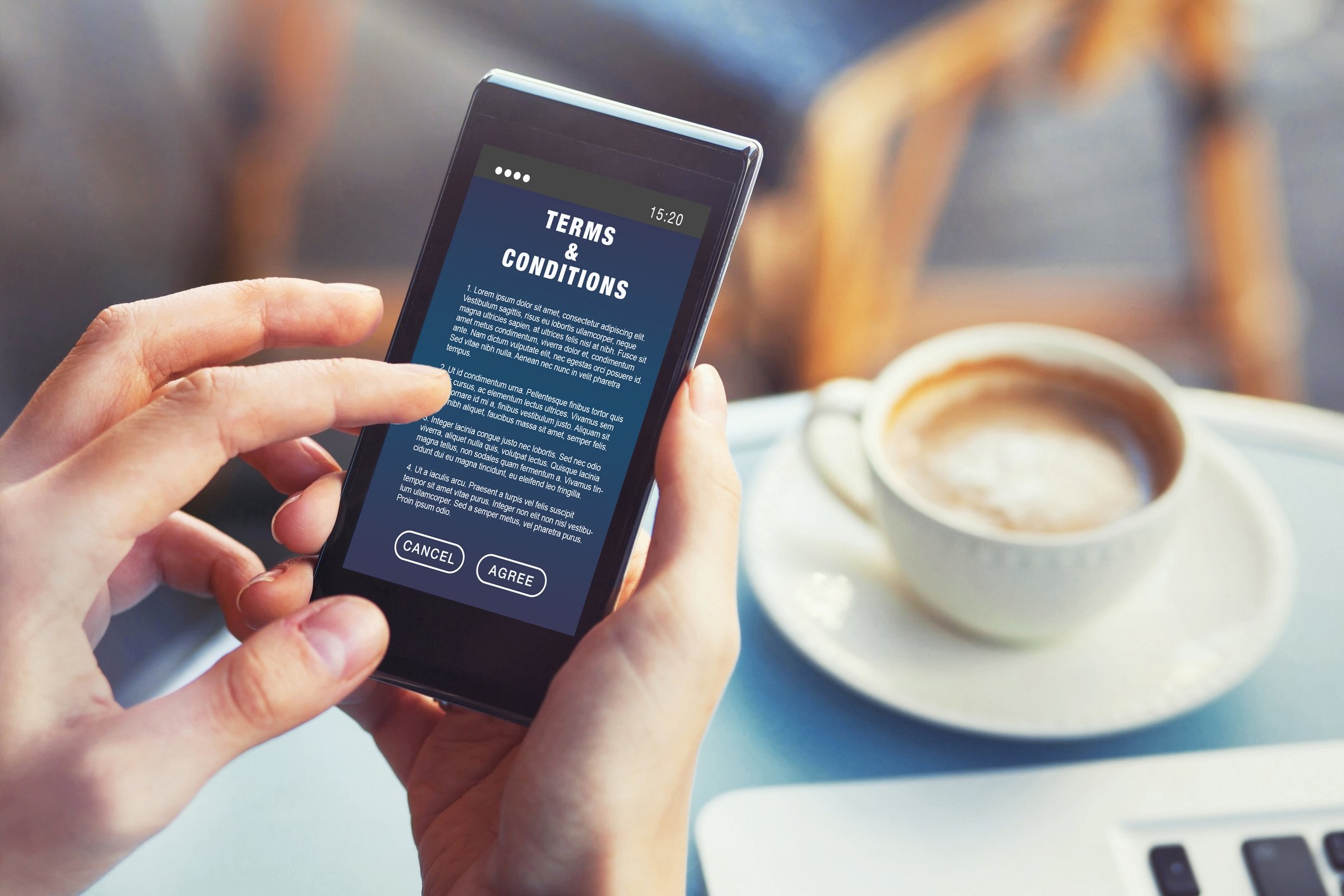It’s a no-brainer: incentive travel and loyalty marketing events will be back!
It’s a no-brainer: incentive travel and loyalty marketing events will be back
By Ko de Ruyter, Debbie Keeling and David Cox
The Covid-19 pandemic has brought the organisation of live customer events to a rapid and complete halt. For the loyalty industry, experiential rewards and incentive travel maybe off the table - but not forever. In re-thinking and re-syncing loyalty business models, a number of companies have resorted to live streaming and organising events on online platforms. While this stop-gap approach certainly has had its merits, the experience of attending an online event is just not the same. While we could get away with cocktail-making workshops on Zoom in the earlier this year, people have got tired of having to be online for the experience of events.
Why are we telling you this now?
At this point you may yawn and rhetorically ask us to tell you something you don’t know. No worries, we will. Recent advances in neuro-marketing research highlight how the human brain plays a key role in explaining why off- and on-line events are very different and may not be equally effective as part of your B2B loyalty strategy. Why do I need to know this you may ask? Well, capacity and budget planning for your program in a post-Covid will soon kick in. New vaccines are shining like lights pointing to the end of this terrible tunnel and C-suite execs will ask you to remind them of why those ‘expensive gatherings and travel and accommodation costs should be re-introduced’? There has never been a better time to arm yourself with insights.
Seeing red: the brain’s response to online vs offline events
Recent research (by Neurensics) has examined the added value of online vs. offline customer events. With the help of Near Infra Red Spectography (NIRS) it could be shown that online platforms can never really replace physical meetings. It is as simple as that. Let us explain why. Twenty-four participants of a live event (i.e., a tradeshow) were equipped with a wearable NIRS device that registered subconscious perceptions and emotions during interactions with other exhibitors and other participants. Respondents were also asked to indicate their satisfaction with the event. A second group of 24 respondents was subjected to a similar procedure, but in reference to participating in an online live stream of the same tradeshow. Detailed brain activity pattern results show that when people are approached during an offline event their brain more actively engages in processing information (as compared to those in the online event group). For example, they will be more actively reflecting on the pros and cons of trying or purchasing a product or service and evaluating existing relationships.
Offline events activate the decision-making part of the brain
An important take-away is that direct physical offline interaction activates a part of the brain associated with active reflections on decision-making (this part of the brain is referred to as the Dorsolateral Prefrontal Cortex). This is the part of the brain that regulates planning and control of our behaviour (which often is irrational and based on emotions). Put differently, do I want to continue to do business with this vendor? Yes, they seem competent and reliable or no, I am not getting the best results for my business. Bottom-line is that satisfaction scores for offline customer events were significantly higher.
Lean-in vs Lean-back
Personal and engaging encounters associated with offline events result in what the researchers label lean-in (vs. lean-back) experiences. A lean-in experience stands for proactive processing of information. This requires effort and energy. It is about our brain investing in the gathering, processing and assessment of decision-making data. The opposite (i.e lean-back) is the main reason why online information is less effective (and hence requires huge budgets); people simply do not actively engage and process the information that they need for making decisions, such as staying loyal to a vendor or extending a vendor’s product or service portfolio. This also explains why many of our online activities are often referred to as ‘mindless’.
Mindful = more memorable
So, even if you do not actively register which part of the brain is responsible for this (we get that), the important thing to remember is that offline contact is more effective than online contact because it’s just more mindful. Hence, organising offline customer events has added value as part of your loyalty marketing strategy and it makes perfect business sense. Because live and direct human contact engages our brain to be proactive and this in turn provides the basis of valuable, long-term relationships, based on actively memorable experiences. This is why we believe that incentive travel and loyalty events will make a come-back and will be here to stay. It is a no-brainer, really!











